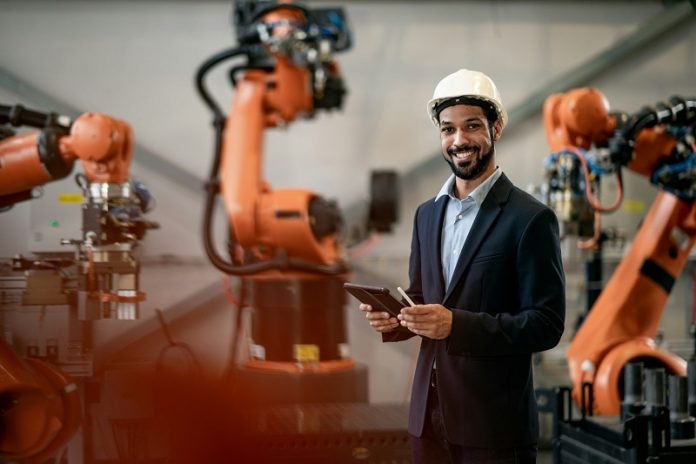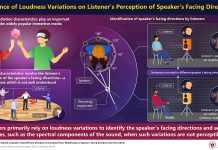
Researchers from the University of Maryland have launched a cool new tool that shows where jobs that need artificial intelligence (AI) skills are popping up all over the United States.
This tool, created with help from job data experts LinkUp and the consulting company Outrigger Group, is like a map that helps us see where the future of work is headed, especially when it comes to AI.
The exciting part? The areas around Washington, D.C., Virginia, and Maryland are where you’re most likely to find a job asking for AI know-how.
In fact, the D.C. region is a hot spot for these kinds of jobs, only second to California, which has been the go-to place for tech jobs for ages.
But it’s not just about where these jobs are. The project, led by Anil Gupta and his team, is also showing us how AI is changing the workplace.
They’ve built the UMD-LinkUp AI Maps website to track AI job trends with incredible accuracy, using smart AI technology that’s much better at spotting real AI jobs than old methods that often got it wrong.
Their findings? AI jobs are definitely on the rise, even though tech jobs in general might not be. This is big news, especially for the D.C. area, which has a higher percentage of AI job postings compared to anywhere else in the U.S.
This is thanks to all the federal agencies and tech companies in the area that are jumping on the AI bandwagon.
And it’s not just about having more AI jobs. The spread of these jobs across the country is getting wider, which is great news for people living outside of the usual tech hubs.
The folks behind the project are pretty excited about what this means for understanding the economy and how AI is shaking things up.
They believe this tool will help us keep track of where the most innovative jobs are and how the demand for AI skills is changing.
Everyone involved, from researchers to data analysts, thinks this map will keep giving us important insights into how AI is transforming jobs across the U.S.
It’s a dynamic way to see where the future of work is heading and which skills will be in demand as AI becomes more and more a part of our daily lives.



